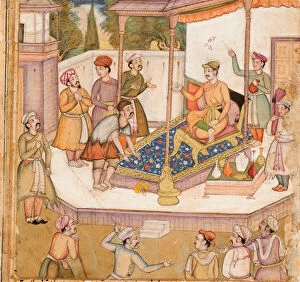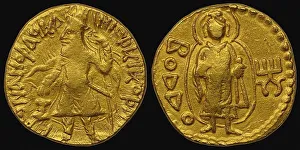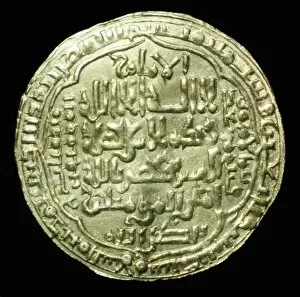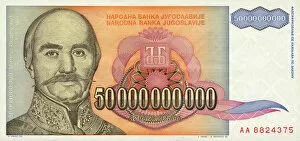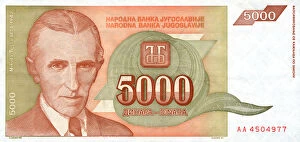Dinar Collection
"Dinar: A Glimpse into the Riches of History" Throughout history, the dinar has played a significant role as a symbol of wealth and power
All Professionally Made to Order for Quick Shipping
"Dinar: A Glimpse into the Riches of History" Throughout history, the dinar has played a significant role as a symbol of wealth and power. From ancient civilizations to medieval empires, this currency has left its mark on various cultures. In the late 16th century, during the reign of Raja Akbar, an intriguing tale unfolded when a guest dared to ask for 500 dinars daily. This incident showcases not only the value but also the opulence associated with this currency. The golden dinars minted during the rule of Samudragupta (335-375) and Kumargupta I (415-454) in India are exquisite craftsmanship. These coins bear intricate designs that reflect their historical significance and artistic prowess. Another set of stunning gold dinars were issued by Samudragupta (335-375), Kumaragupta I (415-454), and Chandragupta I (320-335). These coins serve as tangible reminders of these mighty rulers' legacies and their contributions to ancient Indian civilization. Moving westward, we encounter Andalusian gold dinars known as Mancusos. Used in Catalan counties during feudal times, these coins highlight how currencies traveled across borders, transcending political boundaries while maintaining their allure. One cannot overlook Kushan's gold coin featuring Kanishka I on one side and Buddha inscribed in Bactrian script on the other. This numismatic masterpiece represents both religious devotion and cultural exchange within ancient societies. As time progressed, Islamic dynasties minted their own dazzling gold dinars. The 13th-century Caliph al-Musta sim's coin exemplifies Islamic artistry at its finest while showcasing economic stability under his rule. Similarly, Abbasid dynasty's 10th-century gold dinar reflects their prosperous era marked by trade and intellectual advancements.



